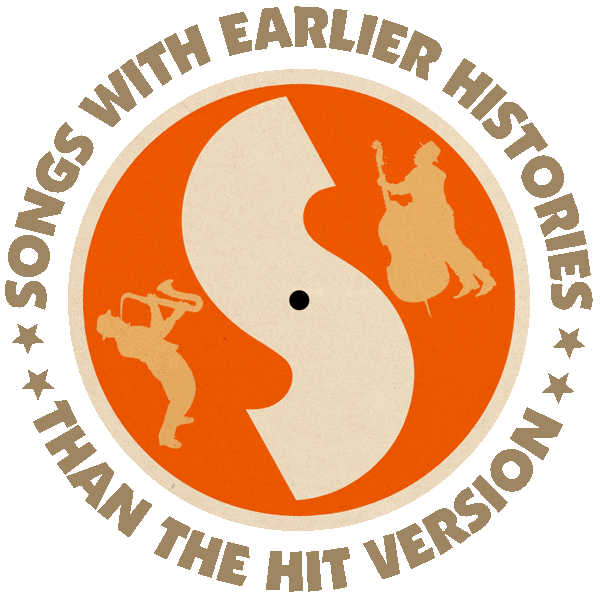First recorded by Jack Hylton (Feb 1930).
Hit versions by Libby Holman (US #3 1930), Paul Whiteman & His Orchestra (US #1 1930), Louis Armstrong (US #7 1930), Tony Bennett & Amy Winehouse (US #87 2011).
Also recorded by Coleman Hawkins (1939), Billie Holiday (1957).
From the wiki: “The popular jazz standard, ‘Body and Soul’, was written in 1930 by Johnny Green (music) with lyrics by Edward Heyman, Robert Sour and Frank Eyton. It was composed in New York City for the British actress and singer Gertrude Lawrence, who introduced it first on stage to London audiences. ‘Body and Soul’ would also be first recorded in London by the orchestra of Jack Hylton, the ‘British King of Jazz’, on February 7, 1930.
“In the US, the song was first performed on stage by Libby Holman in 1930 Broadway revue, Three’s a Crowd. The tune grew quickly in popularity and, by the end of 1930, at least 11 American bands had recorded it, including a release by Holman with the Brunswick Records studio orchestra. The Paul Whiteman Orchestra, featuring Jack Fulton on vocals, recorded the most popular version; Louis Armstrong would the first jazz musician to record ‘Body and Soul’, in October 1930.

